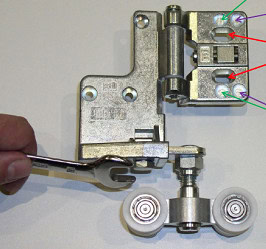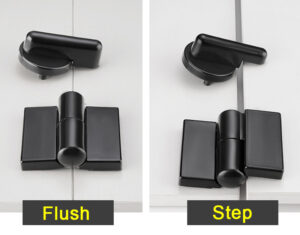When considering the design and functionality of doors, lids, or long-spanning panels, the piano hinge, also known as a continuous hinge, stands out as a pivotal component in providing seamless and sturdy support.
The question of how much weight a piano hinge can hold is not only crucial for manufacturers and designers but also for individuals undertaking DIY projects or those simply curious about the mechanics of everyday objects.
By delving into the specifics of piano hinge design, material composition, and application, this blog post aims to shed light on the capabilities and limitations of piano hinges in various contexts.
Understanding the capacity of a piano hinge involves more than just a straightforward number. It necessitates a comprehensive look at factors such as the hinge’s length, the material from which it is made, the thickness of the material, and the distribution of the load it is expected to bear. In the sections that follow, we will explore these aspects in detail, providing a clearer picture of how piano hinges function and how their weight-bearing capacity can be maximized in practical applications.
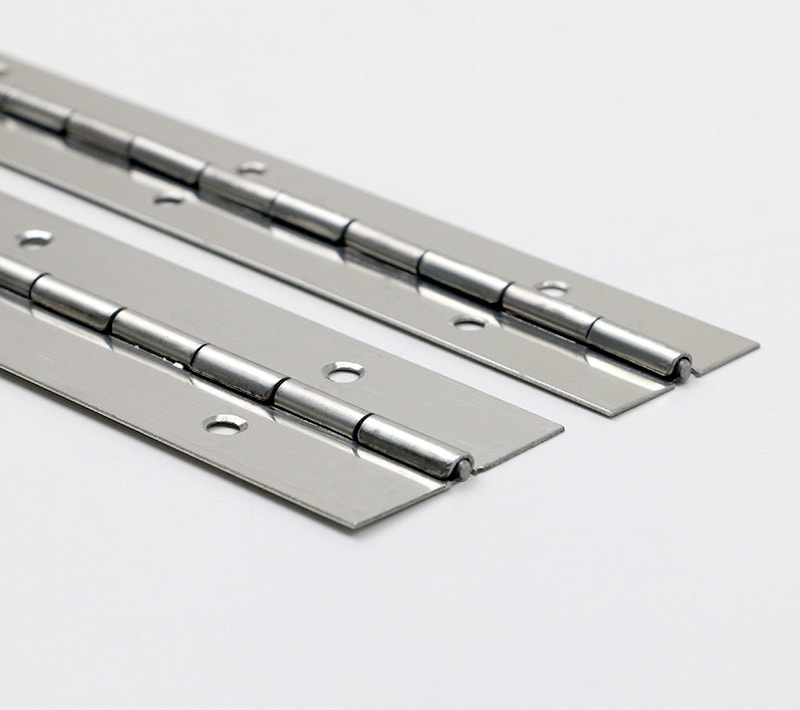
The Mechanics Behind Piano Hinges
A piano hinge is a long, narrow hinge that runs the entire length of the door, panel, or lid it is attached to. This design distributes the weight and stress along the entire length of the hinge, unlike shorter hinges which concentrate stress at fewer points. The continuous nature of piano hinges not only enhances the structural integrity of the door or lid but also provides smoother operation and increased durability.
The weight a piano hinge can hold is influenced by several key factors, including the material of the hinge (steel, brass, stainless steel, etc.), the thickness of the material, the width of the hinge, and how the weight is distributed along the hinge. For example, a steel piano hinge might hold more weight than a brass one due to the inherent strength differences between the materials.
Similarly, a wider and thicker hinge will generally support more weight than a thinner, narrower one. The method of attachment (screws, rivets, welding) also plays a significant role in the overall weight capacity.
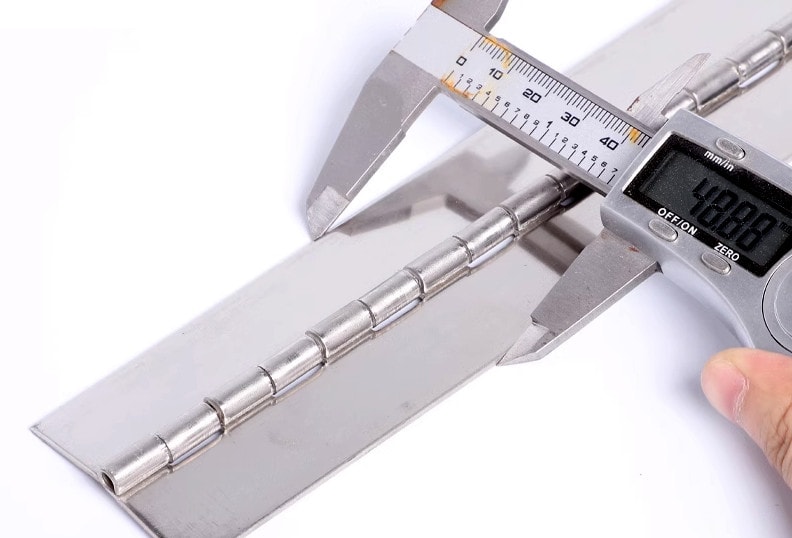
Calculating Weight Capacity
To understand the weight capacity of a piano hinge, one must consider the specifications of the hinge and the context in which it will be used. The formula for calculating the load capacity involves the material’s yield strength, the cross-sectional area of the hinge pin, and the length of the hinge. However, manufacturers often provide a load rating for their hinges, simplifying this process for end-users.
It’s important to note that the load capacity provided by manufacturers is usually based on an evenly distributed load. When the load is not evenly distributed, the capacity can significantly decrease.
For instance, if a heavy object is placed at the end of a lid or door, the stress on the hinge increases at that point, potentially leading to failure. Therefore, when calculating or considering the weight capacity, the distribution of the load must always be taken into account.
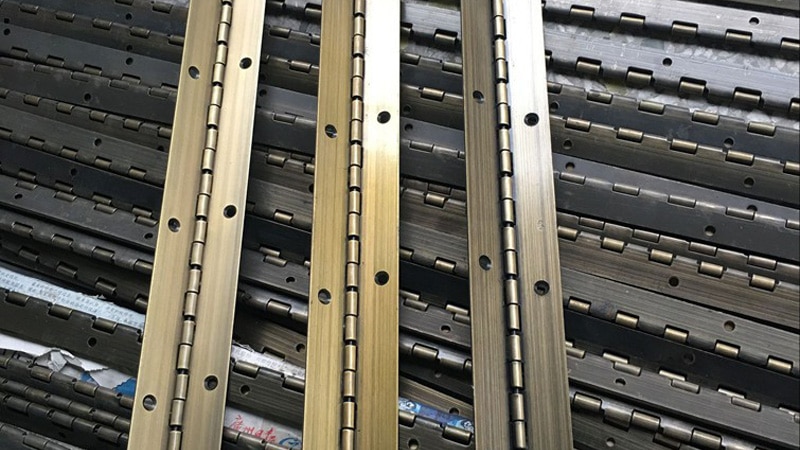
Practical Applications and Considerations
In practical applications, piano hinges are utilized in a wide range of settings, from home furniture like piano lids and storage chests to industrial doors and access panels. When selecting a piano hinge for a specific application, it’s essential to consider not only the weight capacity but also the environment in which the hinge will operate. For example, stainless steel hinges are preferred in corrosive environments, such as outdoors or near the ocean, to prevent rust and ensure longevity.
Another critical consideration is the method of installation. Proper installation is crucial for maximizing the weight capacity and overall performance of the hinge. This includes ensuring that the hinge is perfectly aligned and that the correct type and number of fasteners are used. Overloading a piano hinge beyond its capacity or improperly installing it can lead to hinge failure and potential damage to the door or lid and its contents.
Conclusion
The weight capacity of a piano hinge is determined by a combination of factors, including material, size, and load distribution. By understanding these elements and considering the specific requirements of your application, you can select and utilize a piano hinge that meets your needs and ensures durability and functionality. Always refer to the manufacturer’s specifications for weight capacity and installation guidelines to achieve the best results.
You may be interested:
- What Are the Large Door Hinge Types?
- Top 10 Features of Long Hinges for Doors
- Top 10 Important Things You Need to Know Before Ordering Machine Door Hinges
- Top 10 Frequently Asked Questions About Offset Pivot Hinge

